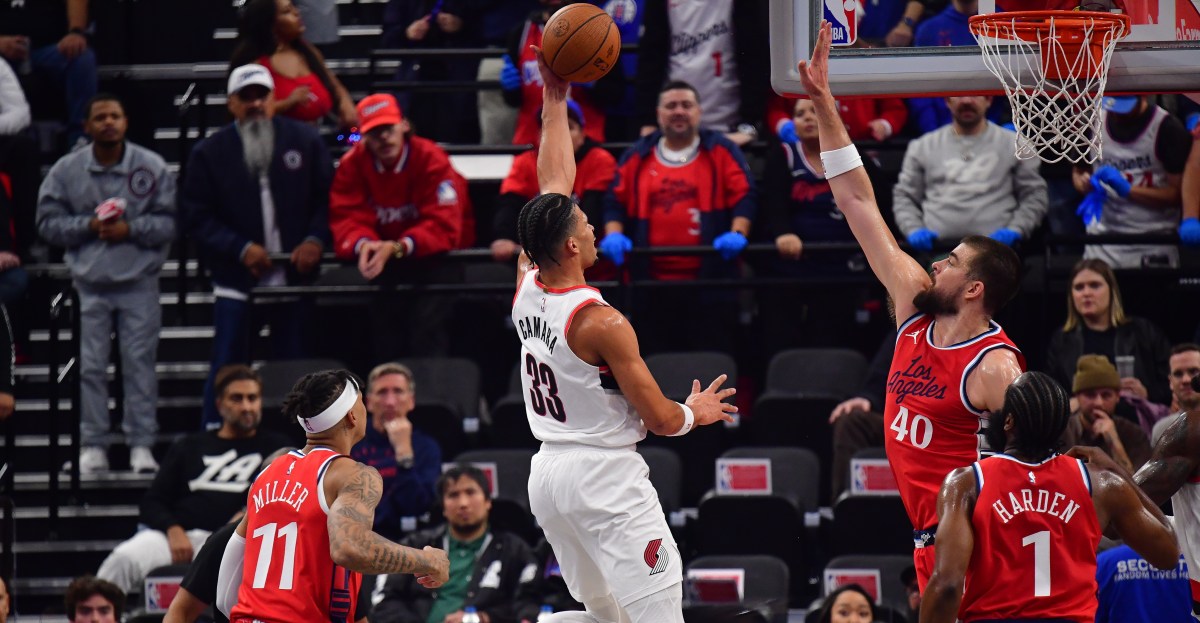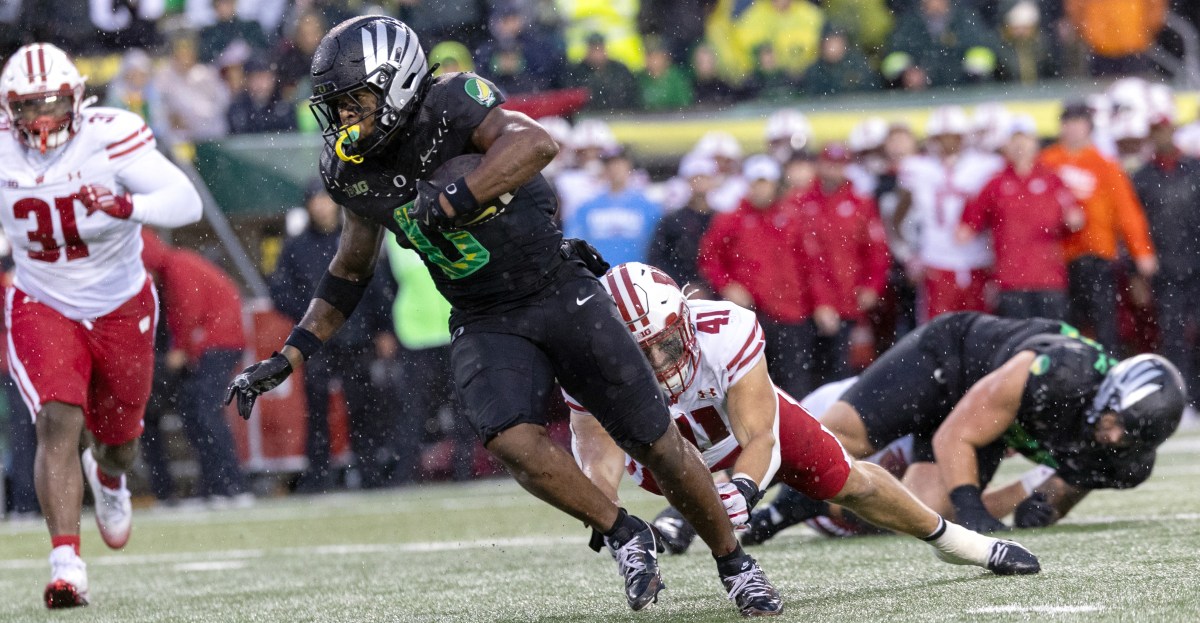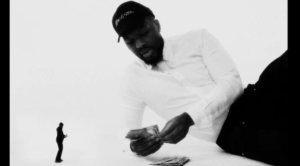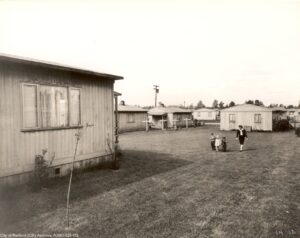Seattle Kraken – 4 Keys To A Successful 2025 Offseason
After seven grueling months, the book has been written on the Seattle Kraken‘s 2024-25 season as the fourth year of the franchise’s existence concluded with a 6-3 loss against the Los Angeles Kings. The defeat pushed their record to 35-41-6 (76 points).
Rather than take a step forward and improve on their 81-point showing during the 2023-24 campaign, the Kraken stumbled and finished with five fewer points this season. Given how the previous summer went, that is a notable failure.
The 2024 offseason saw general manager Ron Francis land two of the bigger fish in free agency by signing both of defenseman Brandon Montour and forward Chandler Stephenson to seven-year contracts worth over $13 million collectively per season.
Montour led all Kraken defensemen in goals (18) and points (41) during his inaugural season with the team, while Stephenson ranked second on the team in assists (38) and points (51). Both signings came close to holding up their end of the bargain, but couldn’t overcome the other factors for the Kraken’s failure to qualify for the 2025 Stanley Cup Playoffs.
There are reasons for optimism going forward, even if the organization is quiet this summer, but the bottom line is that the franchise will be on the outside looking in for the third time in four seasons.
With that in mind, let’s dive into the specific steps that should be taken if the Kraken want to become a Stanley Cup contender sooner rather than later.
Give Evans and Kakko Reasonable Contract Extensions
If the Kraken want to be competitive going forward, inking their up-and-coming stars to contracts where getting surplus value is a reasonable expectation is a must. Doing so creates a trickle-down effect where other players could be convinced into taking less on the open market in order to build a deeper roster with the additional cap space.
Sophomore defenseman Ryker Evans set new career-highs in goals (five), assists (20), points (25), and games played this season (73), but struggled to get a foothold on one of the team’s two power-play units. Montour and Vince Dunn were head coach Dave Bylsma’s first choices with the man-advantage, but Evans finished fourth on the team in average ice time in all situations and third on the power play. The lack of usage on the power play suppressed Evans’ total production and could result in a contract with a more team-friendly average annual value (AAV).
Kakko was afforded a fresh start after being traded by the New York Rangers halfway through the season and has become a solid piece of Seattle’s future. The 24-year-old Finnish forward has tallied 10 goals, 20 assists, and 30 points in 49 games since joining the Kraken. Prorated over an 82-game season, those totals would give him new career-highs in the latter two categories and demonstrate how shackled he had been in New York.
The returns after the trade are promising for Kakko, but he might not have the leverage to ask for a big deal as a restricted free agent (RFA) this summer. His career hasn’t panned out as expected of a 2nd-overall pick, and even his production slowed after the deadline (eight points in 19 games). Another short-term deal might be in his future, after which he can cash in as a 26- or 27-year-old unrestricted free agent (UFA).
Find a Way to Move Grubauer’s Contract
Given that the Kraken are entering a soft rebuild (or retool if that is your preferred nomenclature) and that Grubauer’s contract expires after two more seasons, this is not as much of a priority as the other keys to success.
Grubauer signed a six-year contract carrying an annual cap hit of $5.9 million with the Kraken after being named a finalist for the Vezina Trophy for the 2020-21 season. The expectation was that the organization would build from the back out and find success with a sturdy defensive foundation. Grubauer’s tenure in Seattle has instead been a monumental failure, with his .890 save percentage (SV%) ranking 85th out of 97 goalies to play in at least 20 games over the past four seasons. For context, he carries the 10th-highest cap hit among all goalies, so the return on investment has been abysmal.
Grubauer’s contract is as toxic as they come in the NHL, with the Kraken likely having to attach a valuable asset (a first-round pick or a top prospect) to entice another team to take on the full brunt of the deal. That reality leaves the team with two choices: grin and bear it for another two seasons as the rebuild progresses without a real need for more cap space, or buy the German netminder out of his contract this summer.
The first avenue is the likely decision as the Kraken can afford to be middling and pay Grubauer while the franchise’s top prospects mature into everyday players. The rising cap also alleviates some of the financial concerns with the upper limit projected to eclipse $110 million for the 2027-28 season, the season after Grubauer’s deal expires.
The second avenue – a buyout – comes with two primary concerns. The first is that for players who are 26 years old or older, a buyout is two-thirds of the remaining salary owed on the contract and is spread out over double the remaining years of the deal. If the Kraken were to move forward with the buyout this summer, it would save them nearly $7 million combined over the next two seasons, but tack on two additional years of a $1.68 million cap commitment past the original season of expiry.
Keeping Grubauer on the roster would insulate the team’s prospects from the rigors of rebuilding in the NHL for another two seasons, and would allow the front office to wipe their hands of his contract completely during the 2027 offseason, rather than in 2029.
On the other hand, keeping the veteran keeper might block one or both of Victor Ostman or Niklas Kokko from getting a test run and the future cap hit is so negligible that the positives of buying him out outweigh the negatives of keeping his cap hit on the balance sheet.
Trade Veteran Players to Make Room for Youth
Francis seemingly accepted the path the Kraken seemed destined to take and began dismantling his roster ahead of the 2025 NHL Trade Deadline.
Daniel Sprong, Yanni Gourde, Brandon Tanev, Oliver Bjorkstrand were traded to Stanley Cup contenders with two first-round picks, a second-rounder, and a seventh-rounder the main components of the return from their successful deadline activity. The long-overdue youth movement was put into motion, but several veterans remain on the roster.
Stephenson, Montour, Adam Larsson, Grubauer, Jordan Eberle, Jaden Schwartz, Andre Burakovsky, and Jamie Oleksiak are all over 30 years of age, have two years or fewer left on their contracts after this season, or both. The first three have three years or more remaining so it’s unlikely that any of that trio will be moved.
Any rebuilding team worth its salt needs steady and reliable veterans to guide and shepherd the youth as they grow into full-time NHL players while building good habits. One look at the Buffalo Sabres or any of the rebuilding franchises from California can illustrate the pitfalls of tearing it down to the studs and handing the keys to the kids from the beginning.
Though caution should be exercised when trying to facilitate a rebuild by icing an intentionally weaker roster, most of the aforementioned players could garner a haul via trade that would be much more valuable to the Kraken in the future, compared to what the player could provide at the present moment.
Eberle, Schwartz, and Oleksiak are free agents following the 2025-26 season, so expect those names to be the first to pop up in future trade talks.
Draft a Star with First-Round Draft Pick
There is no guarantee that a first-round draft pick will ever become a star in the NHL or even a serviceable contributor, but the odds of hitting it big on a prospect rise the earlier in the draft you select.
The Kraken will enter the draft lottery sitting outside of the top-five, but will have relatively decent odds of moving up ahead of the actual draft and are almost fully assured of picking no worse than 11th depending on the remainder of the regular season.
The class for the 2025 NHL Draft does not have a runaway candidate for the first-overall pick, but each of Matthew Schaefer, Michael Misa, James Hagens, and Porter Martone have a solid case to be the first name called.
Whichever player the Kraken end up choosing with their pick will immediately become either the best or second-best prospect in their system, and add to an already impressive collection of youth.
The Kraken’s current core of under-25 players at the NHL level of Evans, Kakko, Matty Beniers, and Shane Wright is decent, but not a clear cut above the rest of the league. Getting another star into the mix should positively change the composition and trajectory of their lineup over the next decade and a half.
Kraken Have Clear Path to Long Term Success
Although the Kraken have posted two consecutive seasons with a lower point total than the last, the future is bright in Seattle.
The team’s prospect pool is one of the best in the league and will gain another potential star talent after the draft. The franchise’s cap sheet is relatively clean, apart from one or two misfires, and those can be accommodated with the rapidly rising cap ceiling.
If this were a rebuild where the team needed to strip things down to the studs, the timeline for becoming competitive would be much longer. As things stand, the Kraken could easily find themselves in Stanley Cup contention earlier than the Chicago Blackhawks, San Jose Sharks, or Nashville Predators, clearly the three worst teams in the league this season.
It’s going to be yet another long summer in the Pacific Northwest, but better times are on the horizon.
Data courtesy of Natural Stat Trick and the NHL.
Share this content:














Post Comment